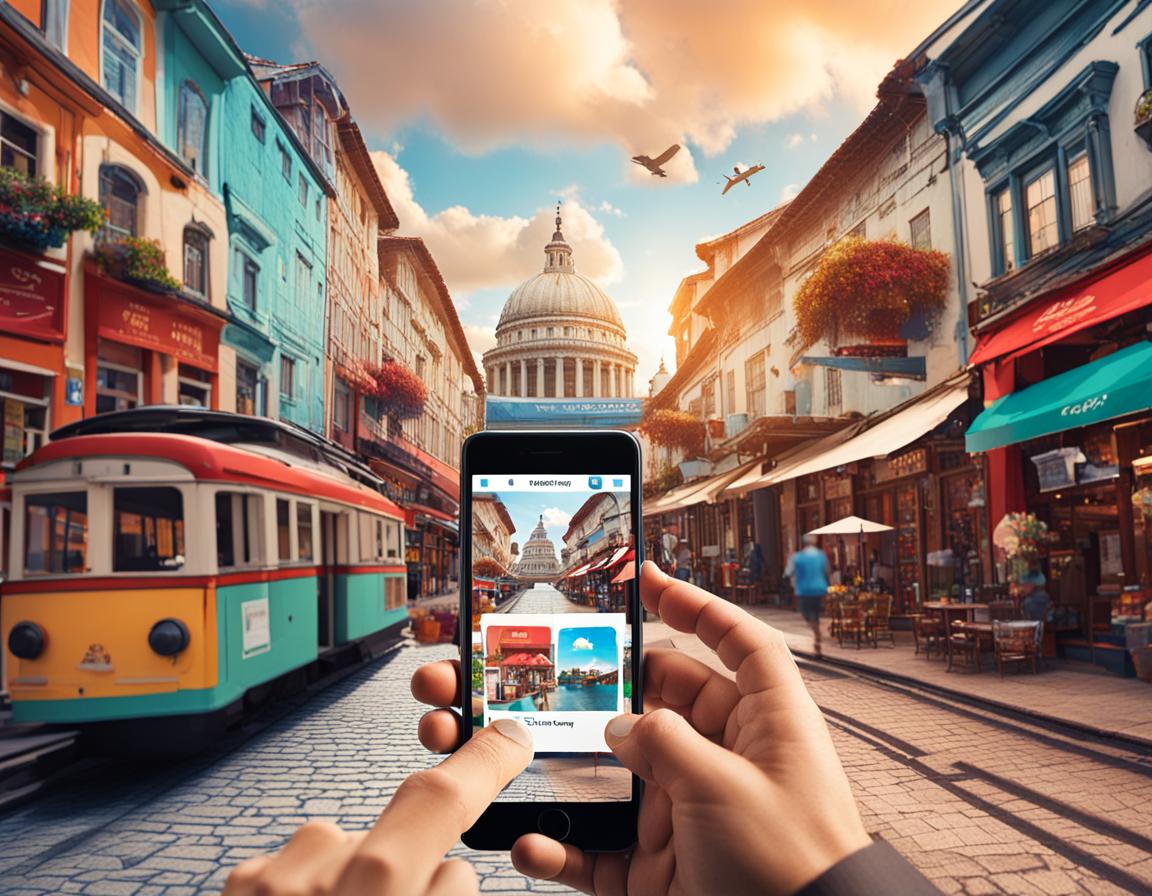Navigating the Travel Consumer Journey: Harnessing Virtual Environments for Development and Marketing
The travel consumer journey is a multi-stage process that individuals go through before making a travel-related decision. Understanding and catering to the needs of consumers at each stage is crucial for travel businesses to create effective marketing strategies. Catering for tourists at each stage is becoming more and more difficult as the increasing number of promotion platforms gets bigger by the minute.
In recent times, virtual environments have emerged as powerful tools that can significantly enhance the development and marketing efforts across these stages.
The Inspiration Stage
The journey often begins with the inspiration stage, where consumers dream of exploring new destinations. Virtual environments play a pivotal role in sparking this initial interest by offering immersive experiences that transport users to different places. Virtual reality (VR) and 360-degree videos allow consumers to virtually visit destinations, explore accommodations, and envision their travel experiences. Travel businesses can leverage these technologies to create virtual tours, showcasing the beauty and attractions of their destinations.
The Research Stage
Once inspired, consumers move on to the research stage, where they seek detailed information about potential destinations, accommodations, and activities. Virtual environments offer an interactive platform for detailed exploration. Augmented reality (AR) applications can provide users with real-time information about points of interest, local culture, and historical significance. Virtual walkthroughs of hotels, resorts, and travel itineraries allow consumers to make informed decisions based on their preferences.
Planning
The planning stage involves organizing the details of the trip, such as booking flights, accommodations, and activities. Virtual environments streamline this process by offering virtual booking platforms. VR applications enable users to virtually tour available accommodations, select seats on flights, and plan their entire itinerary within a virtual space. This not only enhances user experience but also facilitates a seamless transition from inspiration to action.
Booking
The booking stage is a critical point in the travel consumer journey. Virtual environments can be integrated into booking platforms to provide a secure and immersive experience. Users can visualize their selected accommodations in 3D, explore amenities, and even experience virtual check-ins. This level of engagement enhances consumer confidence and increases the likelihood of completing the booking process.
Post-Booking Engagement
After the booking is complete, virtual environments continue to play a role in engaging consumers. Travel businesses can create virtual guides, pre-trip experiences, and interactive content that keeps consumers excited about their upcoming journeys. AR applications can offer on-the-go information, navigation assistance, and personalized recommendations, enhancing the overall travel experience.
Experiencing
Now is the crucial time to find out if all of that research has paid off. Enjoying the experience is what everyone hopes for their holiday. Managing expectations and meeting the needs of the tourist during the holiday is key. This can be the making of a repeat customer or somebody who damaging the reputation of your tourism business after the experience.
Sharing
Good or bad, all tourists have become accustomed to sharing their views, likes and dislikes of their holiday experience. TripAdvisor had a large role to play in the promotion of sharing memories. This can be a fantastic asset to tourism providers who exceed expectations and encourage positive engagment online. However, it can also backfire and provide a breeding ground for negative sentiment that could lead to revenue losses and brand damage over time.
In conclusion, the travel consumer journey is a dynamic process that can be significantly enhanced by the integration of virtual environments. From inspiration to post-booking engagement, VR and AR technologies offer innovative solutions that cater to the evolving needs and expectations of modern travelers.
By embracing these technologies, travel businesses can create a more immersive and personalized experience, ultimately driving customer satisfaction and loyalty in the competitive travel industry.
Join us to learn more about the stages of the travel consumer journey and discover how advanced technologies will play a role at every stage in the future of travel.

